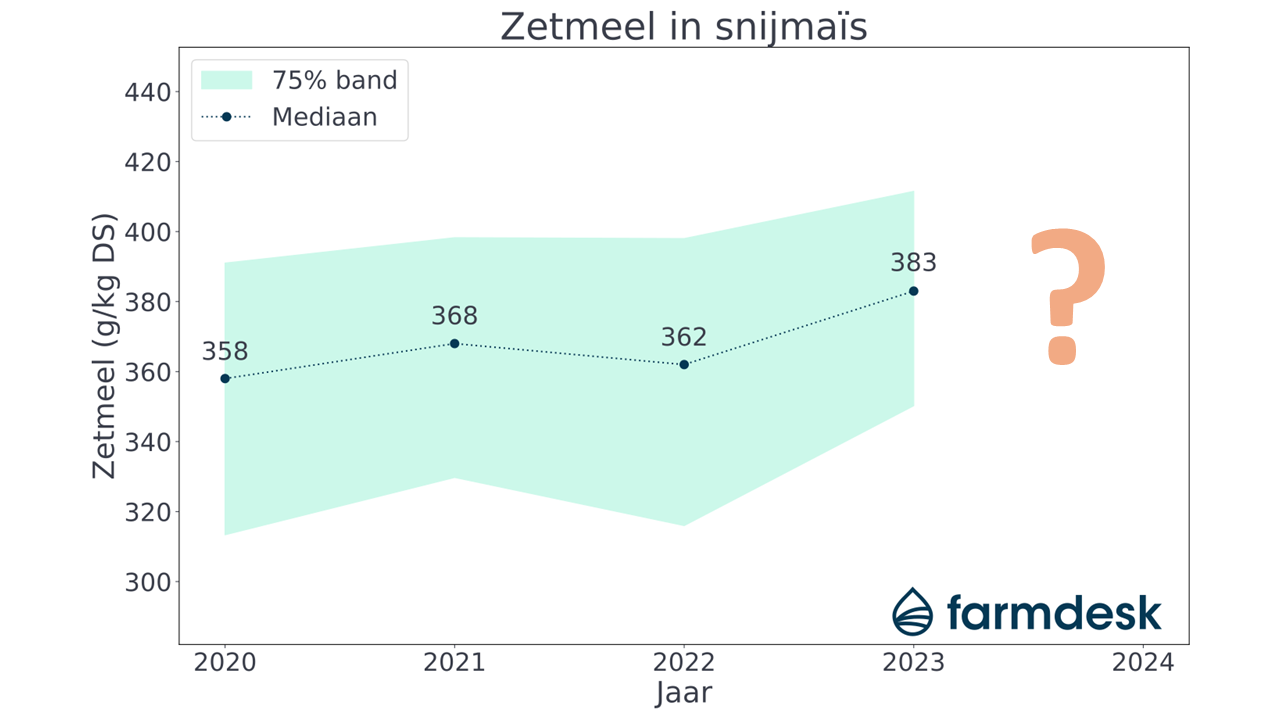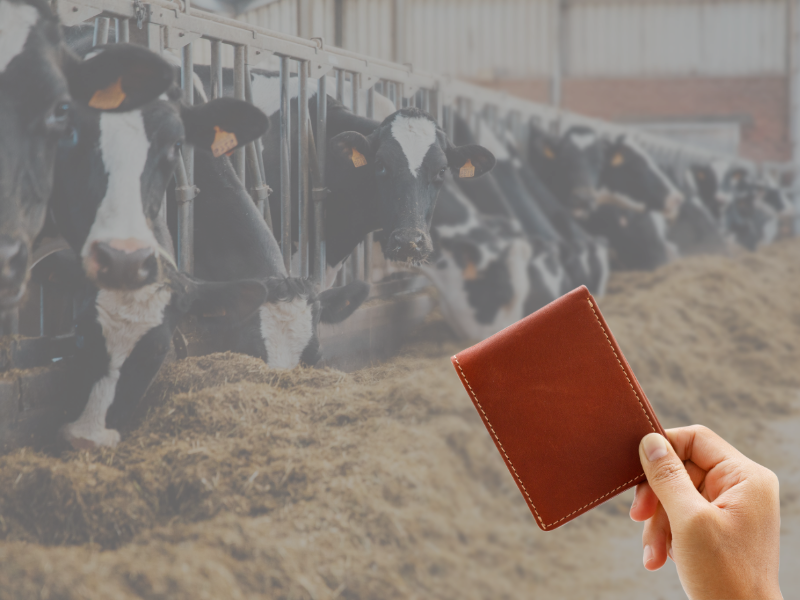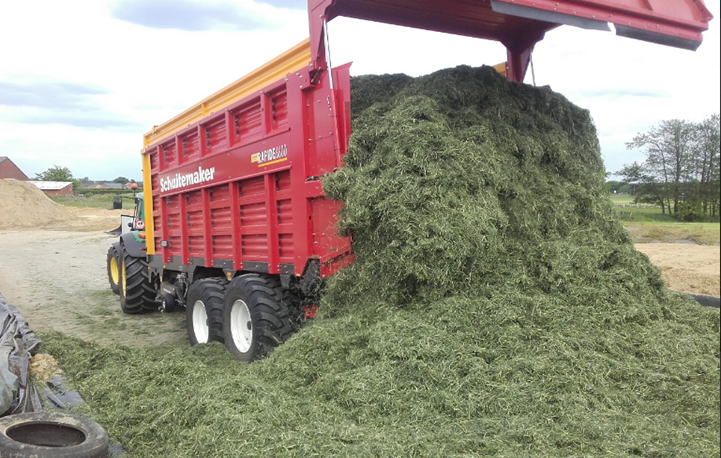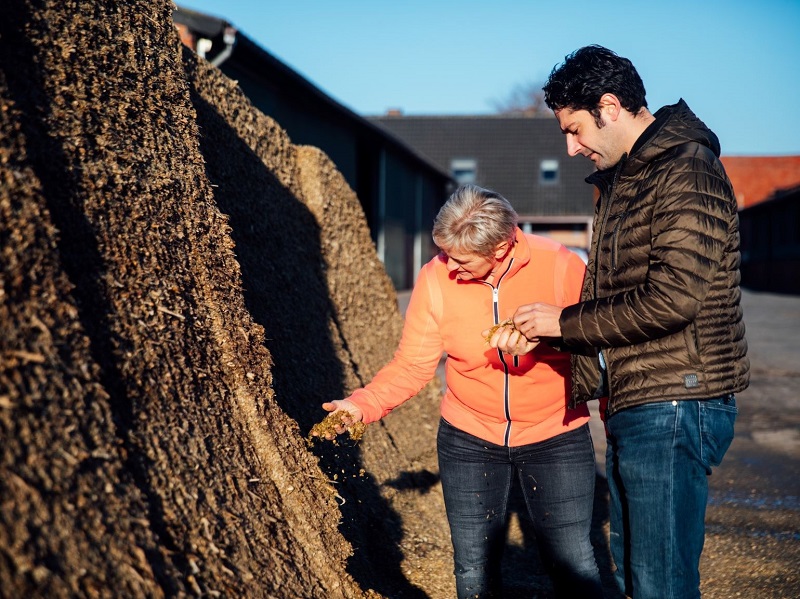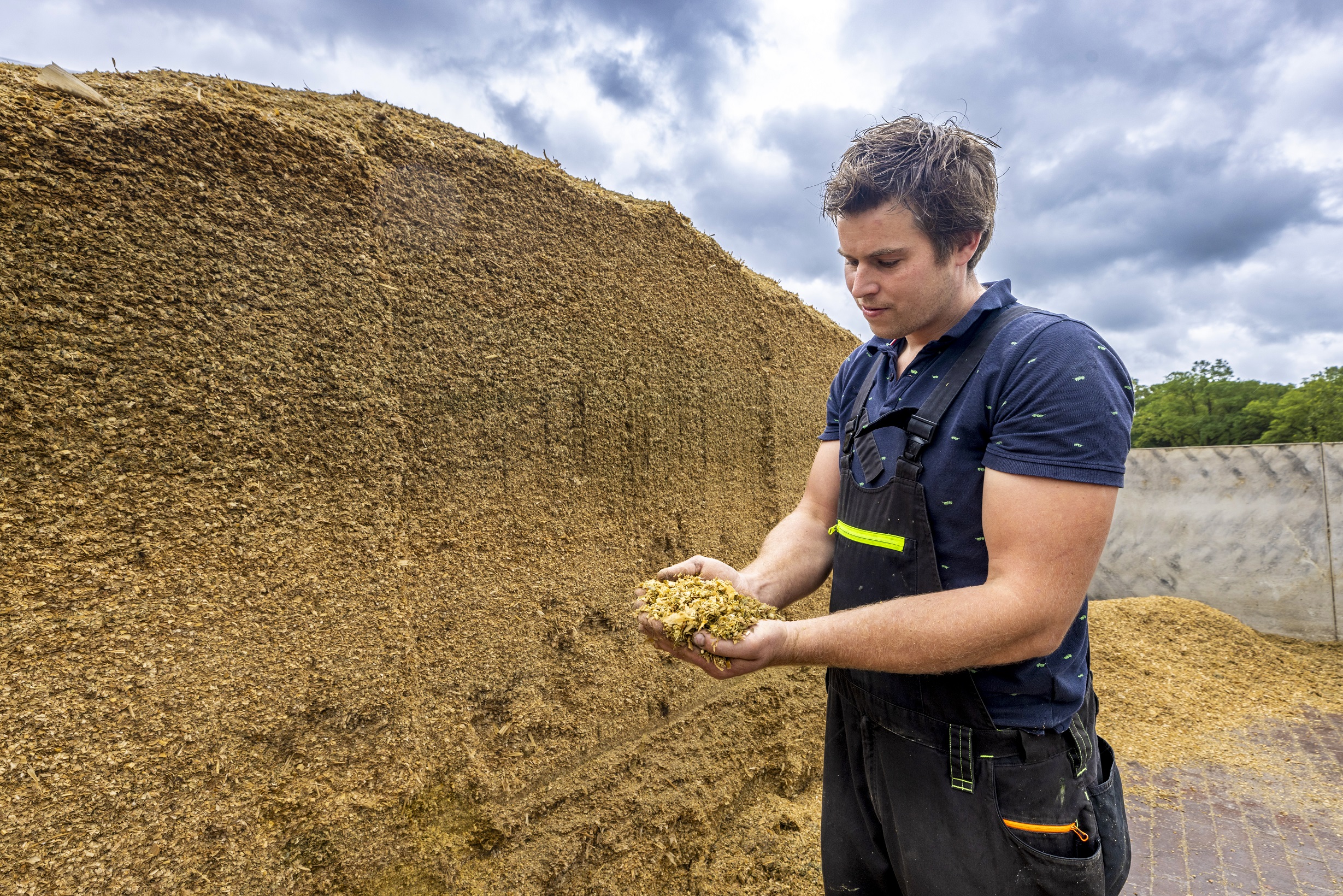Farmdesk's economy module recently received a strong expansion, developing and visualizing a whole set of performance indicators. More info on these performance indicators and their development can be found in this article.
In past analyses, we looked more closely at the influence of milk production with associated efficiency and the composition of rations. Here we saw that feed profits can be increased by sustained maximization of milk production, combined with high feed and protein efficiency. This higher milk production can best be obtained by a high forage intake, combined with sufficient concentrates to make the ration sufficiently digestible and balanced.
In the th article of this series, we take a closer look at the energy content of forage and its impact on feed profits.
In addition to forage consumption per cow, a high energy content of forage obviously pays off as well. On the figure below, the average energy content of roughage (expressed in VEM per kg DS) was plotted relative to feed profits at the same milk price.
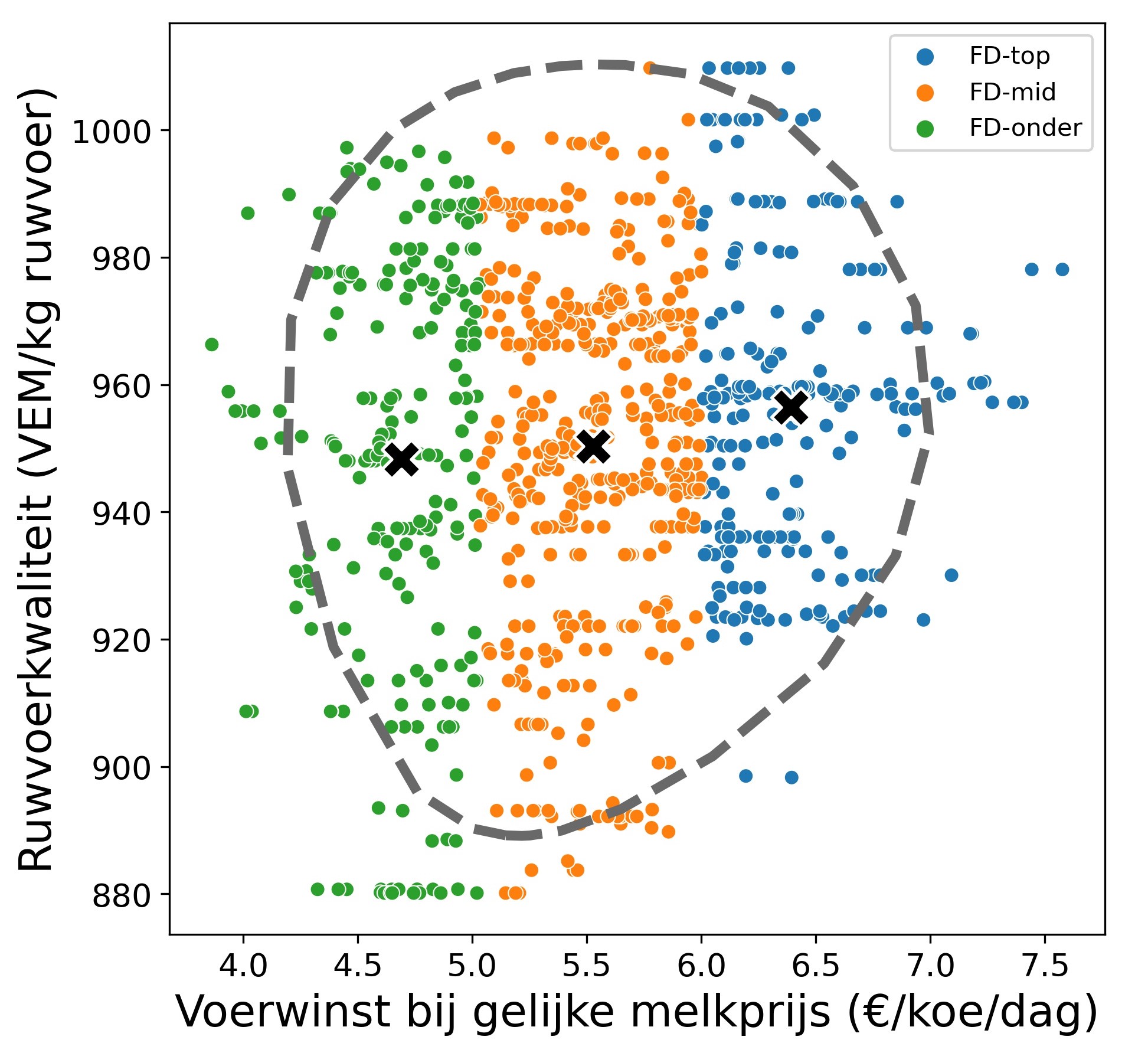
From this we learn that in general, the energy content of forage has a positive impact on feed profits. When we look specifically at the VEM content of grass and corn, we see that the importance of this VEM content appears to be more of an issue for grass quality than corn quality:
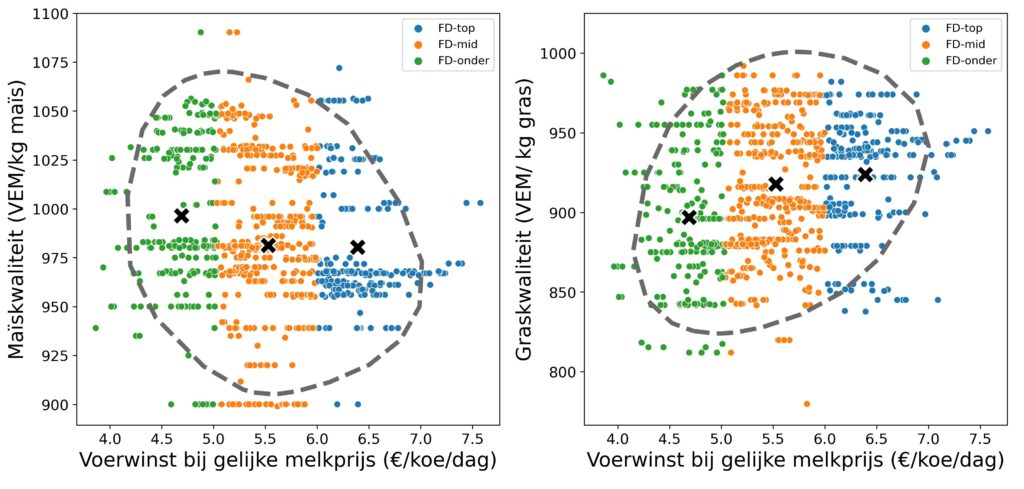
So all in all, it does appear that focusing on high energy content of forage in cows pays off. If we further supplement this with tailor-made concentrates, we arrive at high productions with a high feed efficiency what the forms the basis for high feed profits.
The cows must have a high feed intake have and they need to convert this feed as efficiently as possible. The figure below shows this positive relationship between feed intake and feed gain.
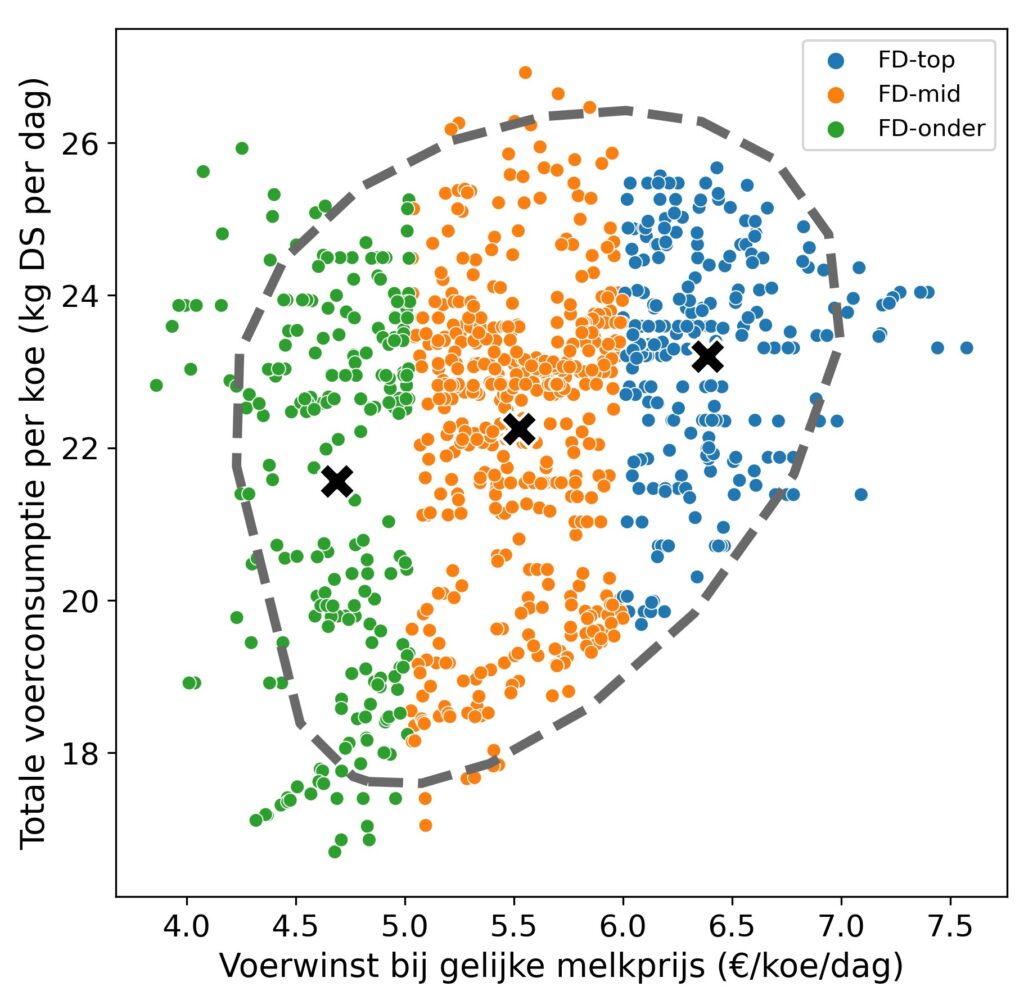
A major focus on Forage quality and high forage intake many roughage milk per cow per day yield. Roughage milk is the amount of measured milk from roughage (on a VEM basis). The figure below clearly indicates that lots of raw feed milk will also lead to higher feed profits.
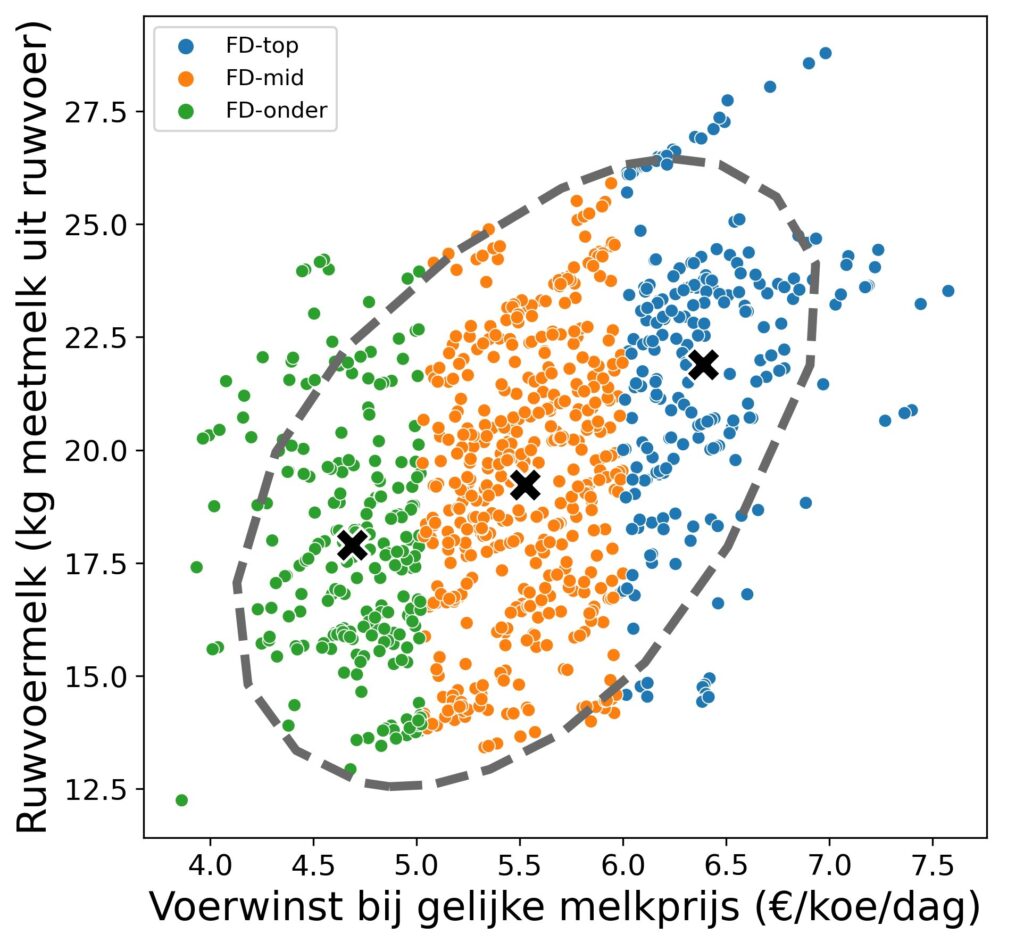
The many technical insights provided us with the impression that we were feed of high energy quality need with strong focus on energy content of the grass. Together with cows that have a high feed intake and with this can give a lot of milk in an efficient way, this forms the technical basis for a high feed profit at the same milk price per cow.
Of course, the energy content of forage does not stand alone. In a later article, therefore, we take up the protein aspect of roughage under the microscope.


